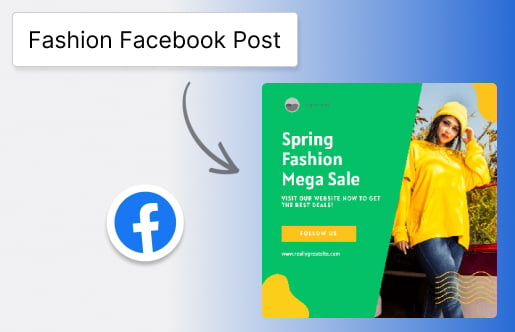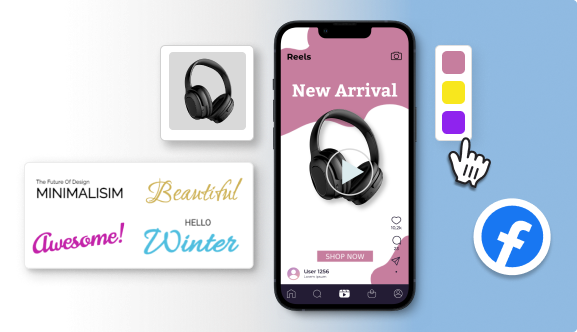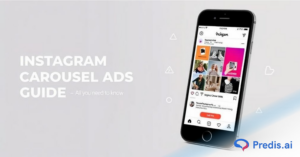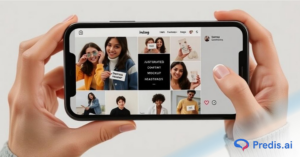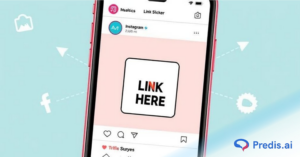If you have ever wanted to copy and paste your existing customer base and find similar leads to pursue, then look no further. Because Facebook Lookalike audience does just that. It analyses your customer list and finds people who fit their description and places your ads in front of them. But are they really worth it? Let us delve deep into this in this blog.
So, without further ado, let us begin!
What Are Facebook Lookalike Audiences And How Do They Work?
If you have a list of customers who have been loyal to your brand, you can upload this list to Facebook. Facebook then does its magic and identifies people who share the same attributes as your target audience. And this set of people is what we call a Lookalike audience.
You can further narrow down these targets in many ways, such as choosing the similarity percentage, age, demographic, and so on.

But how does this work? Well, building a lookalike audience can be split into 3 major steps, such as:
- Uploading a seed audience: The first step is to make sure that the source for your audience is selected. The source can be anything from website visitors to enquiries on your Instagram page. Choose your source audience wisely so you can get the right set of eyes on your ads.
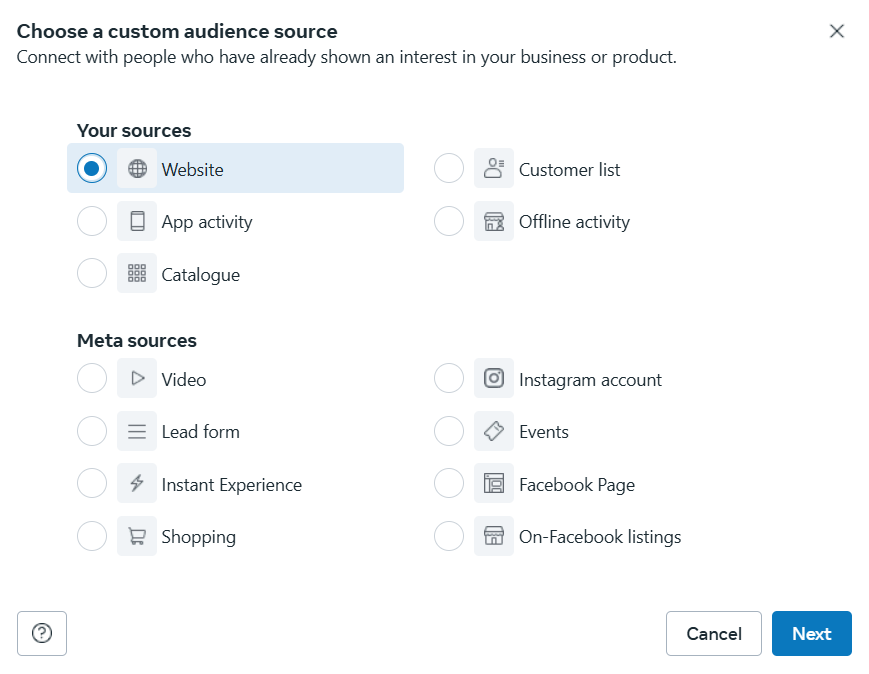
- Facebook’s magic: Now that your customer list is set up and ready to go, it is Facebook’s time to work its magic. By the end, the platform would have analyzed your audience, identified similar attributes, and compiled a list of people with the same interests, called a Lookalike audience.
- Ready to go: Now, this lookalike audience is ready for you to be used in ad campaigns. By setting up a brand awareness and retargeting campaign, you can easily turn these cold leads into warm ones.
Pro tip: Exclude your seed audience from these brand awareness ad campaigns, or you could end up wasting budget on paying users. The whole point of awareness campaigns is to reach new audiences and generate leads, so focus on that.
Is Facebook Lookalike Audiences Worth It?
To be honest, it depends. Facebook Lookalike audiences have been the go-to for most marketers because it was simple to set up and yielded cost-effective results.
But ever since Facebook developed its AI and ML algorithms and rolled out features such as Advantage+ audiences, the internet has been torn.
Some people still swear by the efficiency of the Lookalike audience. Another set of people argues that Advantage+ does the same with even fewer inputs from us, making it easier to set up.

So, which is the better option? Well, as a starter, both options have their own set of pros and cons, which we will dissect in a minute. By the end, you will be able to weigh your options and figure out which would be a good fit for your ad campaign objective.
But wait, what is the Advantage+ audience?
If you are new to Facebook ads and are wondering what the Advantage+ audience is, then here is a quick run-down for you.
Advantage+ audience is Facebook’s take on the AI revolution. In 2023, they rolled out Advantage+ for the audience, ad placements, and so on. With this, marketers can let the AI decide which audience will best respond to their ads and show it to them.
There are possibilities for you to give audience suggestions, such as age, gender, and demographics. But Meta has stated that Audience+ goes for the broadest set of audience, so your suggestions might not get strictly implemented. This is what we call a Broad targeting.
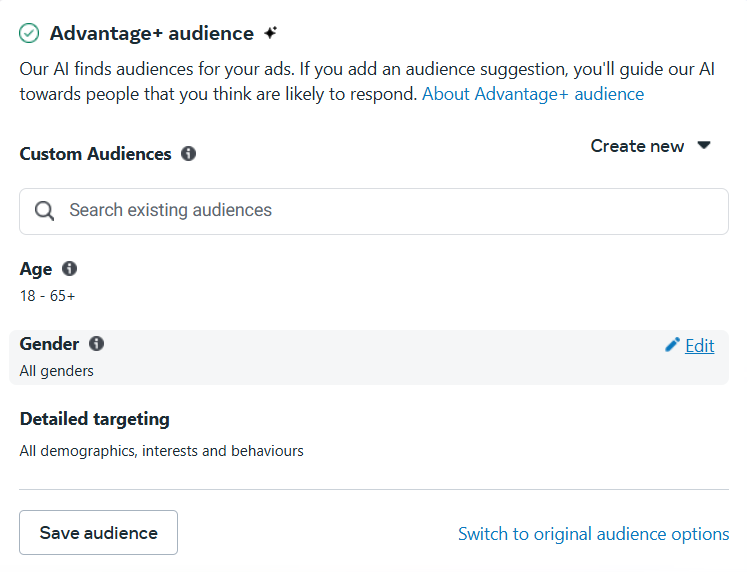
In a broad targeting, you set no audience selection parameters and trust AI to do its job! And since we have no idea how Facebook expands our audience, we literally have to just let it do its thing and wait for results.
Weighing The Pros and Cons of Lookalike Audience vs Advantage+
Now that we have seen how these two types of audiences are vying for dominance, let us check out where they succeed and where they fall short.
Pros of Lookalike Audience
- When you have a specific set of audience you need to target, then opting for Lookalike audience can be beneficial rather than going broad.
- If you have a limited budget and would rather spend it on your top 1% customers’ lookalikes, then this option is a no-brainer.
Cons of Lookalike Audience
- A lookalike audience can be created with a seed list of just 100 people. But the bigger your seed list is, the higher the quality of your lookalike audience. If your list comprises 5,000 to 20,000 people, then your lookalikes will be spot on. But if you are a business that does not have that many people in your source list, then keep in mind that the quality of your lookalike will be impacted.
- Since a narrow set of people is getting targeted, the CPM will be high, and ROAS will be low.
Now that we have seen the good and bad of the Lookalike audiences, let us do the same for Broad Targeting.
Pros of Broad Targeting
- Higher ROAS since it targets a wider set of people.
- It can work for new marketers who have no idea who their ideal audience is.
Cons of Broad Targeting
- It will reach an audience who are not a good fit for your business, since it casts a wide net.
- It will not have a targeted approach, which might not suit businesses that target a niche audience.
Sell More via Facebook 💰
TRY FOR FREESo, What Should You Pick?
Lookalike and Broad targeting come with their own set of perks and disadvantages. And each of these strategies can give very different results to each business.
Which is why we suggest you test both targeting strategies at least once before picking sides. If your lookalike audiences are giving you high-value customers, then there is nothing wrong with pursuing it. On the other hand, a broad audience can also work well for you.
If you ask me, I would suggest you use a bit of both. Use a broad audience to reach new customers you otherwise might not have targeted while keeping your ROAS high. And also create a lookalike audience of your top 1% of customers to find similar clients to have a higher lifetime value.
This way, you get the best of both worlds!
How To Combine Lookalike And Broad Targeting?
Let us assume that you are going to implement both as a part of your ad strategy. Let us look into how you can get it done.
1. Start with an RFM Analysis
An RFM segmentation is an analysis that segments customers based on their value to the business. This segmentation happens based on three factors: Recency, Frequency, and Monetary. Hence the name.
The factors mean:
- Recency – The customers who respond to marketing content and tend to purchase when offers are available.
- Frequency – The number of times they have purchased a product from you.
- Monetary – The total amount they have spent on your business, which can help classify them as big spenders or moderate ones.
Based on these factors, customers will be assigned a value from 1 – 10, 1 being the best spenders to 10 being the least spenders.
2. Make a customer list of the best spenders
Once you have your top 1% spenders, segment them into a customer list and create a lookalike audience based on this source list. Use this audience for a brand awareness targeting campaign and stick to it, even if you might face a higher acquisition cost. This way, your customer acquisition might be expensive, but the high lifetime value compensates for this.
On the other hand, keep running a broad targeting campaign with a stringent ROAS target, just so you can keep getting new leads.
3. Implement Conversions API
As your ads run and conversions are made, make sure the data flows seamlessly back into Facebook. To achieve this, you need to have Conversions AI set up.
With more data, the AI learns your audience characteristics better. This way, both your lookalike and broad targeting can become smarter with time.
4. Analyze Performance
With all this done, now is the time to figure out if your dual strategy is working or not. See whether your broad audience is generating conversions in the long run or if it is just getting you clicks but no conversions.
In case of, lookalike audience, figure out if the customers during this process are having a good lifetime value and inclined to make repeat purchases.
Stand Out on Facebook with AI Content 🌟
And The Winner Is
Both Broad and Lookalike audiences. But without a good ad creative, none of your targeting metrics are going to bring you the results you want.
But if having no design experience and no idea on how to make an ad is stopping you from putting out great ads, then stop. We have some great news for you!
Predis AI is an AI-generative tool that can create an ad design, copy, caption, CTA, and hashtags, all with just a single prompt from you. You can also collaborate with your team, plan the posts, and get custom AI suggestions that help you ace your content game.
Intrigued? Then sign up for a free Predis AI account and step up your social media game!
FAQ:
Facebook Lookalike audiences are created in resemblance to a source audience by Facebook’s AI. It is an effort to target similar people and show them ads that could improve conversions.
Yes, lookalike audiences are effective for display advertising when trying to scale campaigns and gain more high-value customers.



